Audio-Visual Entrainment (AVE)
Audio-Visual Entrainment Defined
(AVE)
What Is Audio-Visual Entrainment?
Audio-Visual Entrainment (AVE) is a non-invasive neuromodulation technique that uses rhythmic light and sound to entrain the brain’s electrical activity, guiding brainwave patterns towards the desired mental states.
What Does AVE Treat?
AVE has been explored for various applications, including:
Stress Reduction and Relaxation: Assisting individuals in achieving states of relaxation and reducing stress levels.
Attention Deficit Hyperactivity Disorder (ADHD): Potentially improving focus and attention in individuals with ADHD.
Sleep Disorders: Aiding in the management of insomnia and other sleep-related issues.
Mental Health: Aiding in the management of depression, anxiety, and PTSD.
And more, including cognitive decline and pain.
AVE Mechanism of Action
AVE involves the use of devices that deliver synchronized light flashes and sound pulses at specific frequencies. These stimuli are designed to entrain the brain’s electrical activity, encouraging it to align with the frequency of the external stimuli. While it initially affects the sensory networks, the entrainment then indirectly affects the broader cortical networks. For example, exposure to 40 Hz light and sound pulses can promote gamma-frequency brainwave activity, which is associated with cognitive functions such as attention and memory. The process is non-invasive and typically involves wearing specialized glasses and headphones connected to an AVE device.
Is AVE FDA Approved?
AVE devices are not FDA cleared or approved for treatment of specific medical conditions. They are generally considered low-risk and are available over the counter. Any specific claims regarding the treatment of medical conditions may require FDA clearance or approval.
Can AVE Treat Alzheimer’s?
Research into the use of AVE for Alzheimer’s disease is ongoing. However, more extensive clinical trials are necessary to establish the efficacy and safety of AVE in treating Alzheimer’s disease.
-
Due to its mechanics, AVE targets the primary visual and audio cortexes and pathways. Studies have found increased hippocampal activation, as well as changes in functional connectivity between sensory cortex and frontal / default-mode regions. Some animal models suggest additional benefits to the hypothalamus.
-
Studies have investigated the effects of 40 Hz sensory stimulation—a frequency within the gamma range—on Alzheimer’s pathology. In animal models, such stimulation has been shown to reduce amyloid-beta plaques and improve cognitive functions.
-
Early-stage clinical studies in humans have indicated that 40 Hz sensory stimulation is well-tolerated and may offer neurological and behavioral benefits for Alzheimer’s patients. Due to variability in the potential protocols, more trials are needed.
How does AVE compare to TEMT-RF?
Audio-Visual Entrainment (AVE) and Transcranial Electromagnetic Treatment with Radio Frequencies (TEMT-RF) are both non-invasive neuromodulation techniques, but they differ in their mechanisms and applications.
TEMT-RF uses ultra-high frequency radio waves to modulate brain function and cellular activity delivered through a non-invasive wearable headset.
Audio-Visual Entrainment (AVE) employs rhythmic auditory and visual stimuli to influence brainwave activity, aiming to guide the brain into specific states such as relaxation or heightened focus, delivered through specialized glasses and headphones.
Learn more about Audio-Visual Entrainment (AVE)
Audio-Visual Entrainment Research
Alzheimer’s Research
Altered visual entrainment in patients with Alzheimer's disease: magnetoencephalography evidence
Auditory gamma-band entrainment enhances default mode network connectivity in dementia patients
Effects of Combined 40 Hz Audio-visual Stimulation and Cognitive Games on Alzheimer's Disease
Other Research
Remote Participation Trial of Sana Pain Reliever
Efficacy of Sana Treatment in Fibromyalgia
Effectiveness of the Sana Device on Fibromyalgia Symptoms
Effectiveness of Sana Treatment in Post-Traumatic Stress Disorder
Sana Device for Post-Treatment Lyme Disease Syndrome Chronic Pain
The Feasibility, Safety, and Tolerability of VR-Based Audiovisual Stimulation (CFS)
The Use of Audio-visual Entrainment for Recovering Cognitive Performance in the Elderly
External links are provided for reference only and do not imply affiliation, endorsement, or recommendation by NeuroEM Therapeutics. NeuroEM is not responsible for the content, accuracy, or claims made on external sites. All trademarks and copyrights are the property of their respective owners.

